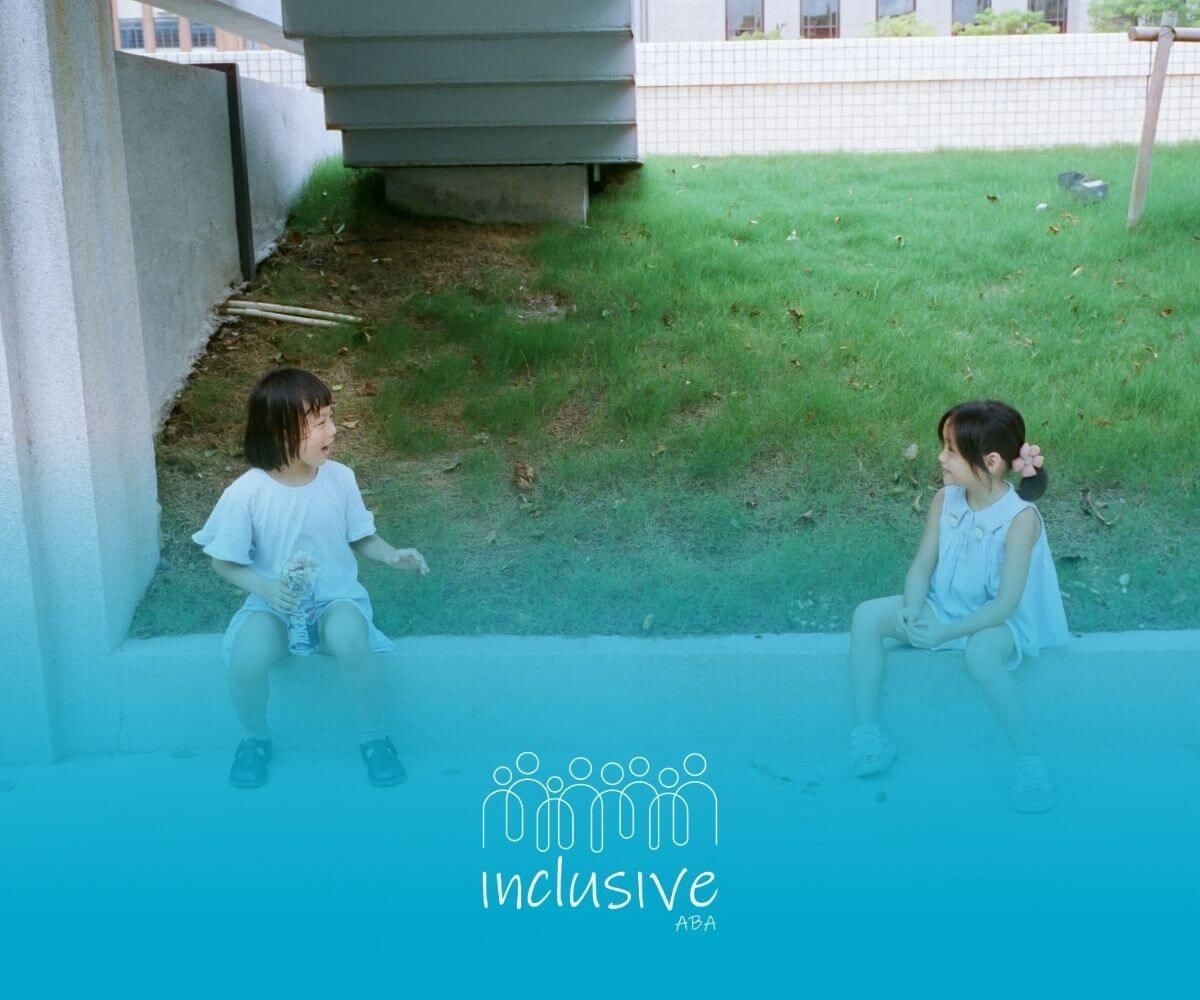What is Chinning in Autism? How It Helps Calming Autistic Individuals
Chinning in autism is a repetitive behavior where a person presses or rubs their chin against objects, people, or surfaces. This action is a type of self-stimulatory behavior (stimming) common among individuals with autism. Chinning provides sensory input that can help calm anxiety, manage stress, or regulate sensory overload.
Why Do Individuals with Autism Chin?
Chinning acts as a sensory coping strategy. The pressure or sensation on the chin offers soothing sensory feedback similar to a gentle hug or weighted blanket, often helping individuals feel calmer or more focused in busy or overwhelming environments. For some, it may also signal a need for attention or comfort.
Is Chinning Harmful?
Chinning is usually harmless. However, repeated pressure on the jaw or chin area may potentially lead to dental issues like misalignment or discomfort over time. Monitoring the behavior is recommended, and consulting professionals such as occupational therapists or dentists can be helpful.
Managing Chinning with ABA Therapy
Applied Behavior Analysis (ABA) therapy can assist by identifying what triggers chinning and teaching safe alternative ways to meet sensory needs. Providing sensory substitutes like chew toys or other calming activities helps manage this behavior without punishment.
'
Experienced clinicians understand that chinning is part of how autistic individuals interact with their world and aim to support these behaviors in healthy, adaptive ways.
If chinning is a concern or disrupts daily life, Inclusive ABA in Nevada, Nebraska, Colorado, Utah, Iowa, and Ohio is here to help provide personalized support and therapy plans. Call us today to schedule a visit and discover practical strategies tailored to your child's unique sensory needs.
Sources:
- https://pmc.ncbi.nlm.nih.gov/articles/PMC5847983/
- https://www.autismspeaks.org/expert-opinion/autism-pinching-behavior
- https://forum.scope.org.uk/discussion/115118/austism-chinning-advice-help
- https://www.sensory-processing-disorder.com/pressure-on-chin.html
- https://www.autismparentingmagazine.com/autism-self-harm/
- https://community.autism.org.uk/f/parents-and-carers/38317/preverbal-challenges-pulling-chinning-and-crying
Looking for Expert Help? We're Here for You!
Our compassionate and skilled team is devoted to enhancing your child's development through customized ABA therapy. Let us partner with you to create a supportive environment for your child's success.
Discover how we can help your family thrive with expert ABA therapy.
Related Posts







